Results 11,081 to 11,090 of 12091
Thread: Anandtech News
-
04-06-21, 01:00 PM #11081
Anandtech: Intel 3rd Gen Xeon Scalable (Ice Lake SP) Review: Generationally Big, Comp
The launch of Intel’s Ice Lake Xeon Scalable processors has been in the wings for a number of years. The delays to Intel’s 10nm manufacturing process have given a number of setbacks to all of Intel’s proposed 10nm product lines, especially the high performance Xeon family: trying to craft 660 mm2 of silicon on a process is difficult at the best of times. But Intel has 10nm in a place where it is economically viable to start retailing large Xeon processors, and the official launch today of Intel’s 3rd Generation Xeon Scalable is on the back of over 200,000+ units shipped to major customers to date. The new flagship, the Xeon Platinum 8380, has 40 cores, offers PCIe 4.0, and takes advantage of the IPC gain in Intel’s Sunny Cove processor core. We’re testing it against the best in the market.
More...
-
04-06-21, 07:19 PM #11082
Anandtech: GIGABYTE Server: Three New E-ATX Motherboards For Intel Ice Lake-SP Xeons
Hot on the heels of Intel's latest Ice Lake-SP 3rd Generation Xeon Scalable processor launch, GIGABYTE Server has listed three new motherboards designed for server use. The GIGABYTE Server MU92-TU1, the MU92-TU0, and MU72-SU0 all offer different levels of features and controllers and are based on Intel's C621A chipset for 3rd Gen Xeon Scalable. Two are built on the E-ATX form factor, with one ATX model, with features varying between sixteen memory slots, different dual Ethernet configurations, and all come with an integrated ASPEED BMC controller.
The Intel Xeon Scalable processor stack is designed for use in servers, with some likely professional applications alongside the usual Cloud and Datacenter operations. With some new refinements of its 10 nm process for Enterprise situations, including the use of SGX and a focus for customized crypto acceleration. There are many Intel Xeon Scalable Ice Lake-SP SKUs in the product stack, including the top tier 40-core Xeon Platinum 8380 model the way down to the entry-level Xeon Silver 4309 model.
Read our Intel 3rd Gen Xeon Scalable Review below:
To complement the 3rd Generation Intel Xeon Scalable for Enterprise launch, GIGABYTE has readied up three new motherboards. Based on the Intel C621A chipset and all using one LGA4189 socket, GIGABYTE Server MU92-TU0, the MU92-TU1, and MU72-SU0 include some interesting and notable features.
MU92-TU0 and MU92-TU1
Starting with the E-ATX sized pairing, the MU92-TU0 and MU92-TU1 both include seven full-length PCIe 4.0 slots, which can operate at x16/x0/x16/x0/x16/x0/x16, or x16/x8/x8/x8/x8/x8/x8, with sixteen memory slots that can support up to 2 TB of 3DS RDIMM/LRDIMM DDR4-3200 memory, with regular LRDIMMs of up to 128 GB and RDIMM memory up to 64 GB also supported. For storage, both the MU92-TU0 and MU92-TU1 include a single PCIe 3.0 x4 M.2 slot, with two SATA ports and two SlimSAS ports with support for up to eight SATA ports. Both models also include a standard 24-pin ATX 12 V motherboard power input, two 8-pin 12 ATX CPU power inputs, seven 4-pin fan headers, an Intel VROC connector, a PMBus, and an IPMB connector.
Aesthetically the same with GIGABYTE's blue PCB, the only difference between the MU92-TU0 and MU92-TU1 is the MU92-TU1 is using ASPEED's latest ARM-based AST2600 BMC controller. The slightly lesser spec MU92-TU0 uses an ASPEED AST2500 BMC controller, while both models include dual 10 GBase-T Ethernet, which is powered by an Intel X710-AT2 controller. Also present on both models are two USB 3.0 Type-A ports, a D-Sub video output and MLAN port for the BMC, a COM port, and an ID button with LED.
MU72-SU0
The GIGABYTE Server MU72-SU0 is using an ATX form factor featuring a single LGA4189 socket. It includes eight memory slots, with support for up to 2 TB of 3DS RDIMM/LRDIMM DDR4-3200 memory, and regular LRDIMMs of 128 GB and RDIMMs up to 64 GB for servers that require less memory capacity. There's a total of seven full-length PCIe 4.0 slots, with supported configurations including both x16/x0/x16/x0/x16/x0/x16 and x16/x8/x8/x8/x8/x8/x8, with storage options including one PCIe 3.0 x4 M.2 slot, and three SlimSAS connectors which allow for up to twelve SATA ports.
The MU72-SU0 uses an ASPEED AST2600 BMC controller, with a dedicated management Ethernet port and D-Sub video output, with dual Gigabit Ethernet, which is driven by a pair of Intel I210-AT Gigabit controllers. The rear panel also includes four USB 3.0 Type-A ports, a COM port, and an ID button with LED. Other avenues of connectivity around the board include seven 4-pin fan headers, a TPM header, and an Intel VROC connector. Providing power to the board is one 24-pin 12 V ATX motherboard power, one 8-pin 12 V ATX CPU power, and a 6-pin PCIe power input designed to deliver more power to the full-length PCIe slots.
It is unknown when the GIGABYTE Server MU92-TU1, MU92-TU0, and MU72-SU0 are likely to hit retail shelves at the time of writing, but given the Ice Lake-SP processors are now released, we don't expect it will be too long. We also don't currently have any pricing information.
Source: GIGABYTE Server
Gallery: GIGABYTE Server Unveils Three New Motherboards For Intel 3rd Gen Xeon Scalable





Related Reading- Intel 3rd Gen Xeon Scalable (Ice Lake SP) Review: Generationally Big, Competitively Small
- Intel Ice Lake Xeon Scalable Shipments To Date: 30 Customers, 100k+ Units
- Axiomtek Unveils IMB700 Motherboard, LGA4189 For Intel Ice Lake-SP
- Intel at CES 2021: Ice, Tiger, Rocket, Jasper, and Alder Lake
More...
-
04-07-21, 08:18 PM #11083
Anandtech: Silicon Motion Announces SM2708 SD Express Controller
Silicon Motion has announced their first SD Card controller to support the NVMe-based SD Express interface. The new SM2708 controller is capable of sequential transfer speeds of 1700 MB/s, vastly higher than the 104 MB/s most SD devices and cards are limited to using the older but widely-supported UHS-I interface.
In 2018, version 7.0 of the SD specification introduced the PCIe and NVMe-based SD Express interface as the new way forward for SD cards. The older UHS-II and UHS-III interfaces developed in versions 4 through 6 of the SD standard and capable of speeds from 156 MB/s to 624 MB/s were abandoned in favor of a single lane of PCIe gen3 (~985 MB/s). Last year, version 8.0 of the SD specification added support for PCIe gen4 speeds and a second PCIe lane, bringing the theoretical maximum transfer speed up to almost 4 GB/s.
Silicon Motion's SM2708 is a two-lane controller, but still using PCIe gen3 speed, hence the top speed can't quite reach 2 GB/s. This has the potential to bring SD card performance up to near the levels of entry-level consumer NVMe SSDs for laptops and desktops—competitive with SSDs based on slightly-outdated controllers like the Phison E8T or Silicon Motion SM2263XT. The SM2708 controller uses two NAND channels instead of the four typically used by entry-level SSD controllers, but the SM2708 is capable of a 1200 MT/s IO speed that allows it to get good performance out of recent NAND flash generations without the power and size penalties of a four-channel solution.
In 2019, Silicon Motion's primary competitor Phison announced their PS5017 SD Express controller. This is based on the earlier SD 7.0 specification and thus is a PCIe 3 x1 design and limited to about 870 MB/s. In February 2021 Phison announced they were about to start shipping cards based on this solution. Silicon Motion's SM2708 controller might not take that long to turn into actual products, but they clearly have missed out on the first round of SD Express competition—though they may be able to leapfrog Phison's solution.
Underlying all the developments related to recent flash memory card standards has been the challenge of poor adoption. For years, storage tech has been advancing much faster than camera tech. Storage technology companies stand ready to supply more advanced memory cards, but they cannot succeed in the market unless there are host devices ready to use the higher performance. We've seen a decade of failed successors to the old SD and CF standards that now seem pitifully slow. SD's UHS-II and UHS-III, CF's CFast and XQD, and UFS cards have all been demonstrated as working technologies and all eventually made it to market to some extent, but with very limited success. The SD and CF worlds have converged on PCIe and NVMe as the way forward, adopting interfaces that already have a thriving ecosystem and long-term viability in other form factors. That makes it more likely that standards like SD Express will actually catch on, but it may still be several years before PCIe-based interfaces are supported on any phones or more than a handful of high-end cameras.
More...
-
04-08-21, 09:18 AM #11084
Anandtech: AMD Issues Updated Speculative Spectre Security Status: Predictive Store F
The mention of Spectre and Meltdown is enough to send chills down any InfoSec spine. A number of these batches of security vulnerabilities deal with speculative execution, and how a processor might leak data while executing code in a speculative manner. This week AMD has pre-empted the security space by detailing a potential security concerns regarding its new Zen 3-based Predictive Store Forwarding feature designed to improve code performance by predicting dependencies between loads and stores. AMD is clear to point out that most users will not need to take any action, as the risk for general consumer use to any breach is low, and no known code is vulnerable.
More...
-
-
04-12-21, 11:14 AM #11086
Anandtech: The NVIDIA GTC 2021 Keynote Live Blog (Starts at 8:30am PT/16:30 UTC)
Join us at 8:30am PT for our coverage of NVIDIA’s annual GPU Technology Conference keynote address. The traditional kick-off to the show – be it physical or virtual – NVIDIA’s annual spring keynote is showcase for NVIDIA’s vision for the next 12 to 24 months across all of their segments, from graphics to AI to automotive. Along with slew of product announcements, the presentation, delivered by CEO (and lovely kitchen owner) Jensen Huang always contains a few surprises.
Due to the coronavirus, this year’s show is once again virtual. However, with a full year to prepare for it, NVIDIA is delivering a much more traditional event. This includes the keynote itself, which although pre-recorded, is being broadcast as one continuous presentation rather than uploaded and unlocked as multiple segments all at once. Big topics of conversation this year will include graphics, networking, automotive, and AI, especially as NVIDIA’s now a year into shipping its flagship A100 accelerator. And though A100 isn’t due for a replacement this year, we may get some insight into how NVIDIA intends to continue to fend off AMD and Intel, both of whom have server GPU and AI plans that are finally starting to come together.
More...
-
-
04-12-21, 02:03 PM #11088
Anandtech: NVIDIA Unveils Grace: A High-Performance Arm Server CPU For Use In Big AI
Kicking off another busy Spring GPU Technology Conference for NVIDIA, this morning the graphics and accelerator designer is announcing that they are going to once again design their own Arm-based CPU. Dubbed Grace – after Grace Hopper, the computer programming pioneer and US Navy rear admiral – the CPU is NVIDIA’s latest stab at more fully vertically integrating their hardware stack by being able to offer a high-performance CPU alongside their regular GPU wares. According to NVIDIA, the chip is being designed specifically for large-scale neural network workloads, and is expected to become available in NVIDIA products in 2023.
More...
-
-
04-13-21, 10:53 AM #11090
Anandtech: AMD Ryzen 5000G APUs: OEM Only For Now, Full Release Later This Year
With the high demand for semiconductors causing most companies to focus on their high margin, high profitability components, I wasn’t expecting to see many launches of low-to-mid range hardware for the rest of 2021. AMD has surprised me in announcing its entry and mid-level processors with integrated graphics today, offering up to eight Zen 3 cores and Vega 8 graphics, but AMD is pointing out that these models are for the pre-built system market only right now. AMD has plans to enable a full retail offering for these components, but this will happen later in the year.
More...
Thread Information
Users Browsing this Thread
There are currently 19 users browsing this thread. (0 members and 19 guests)





 Quote
Quote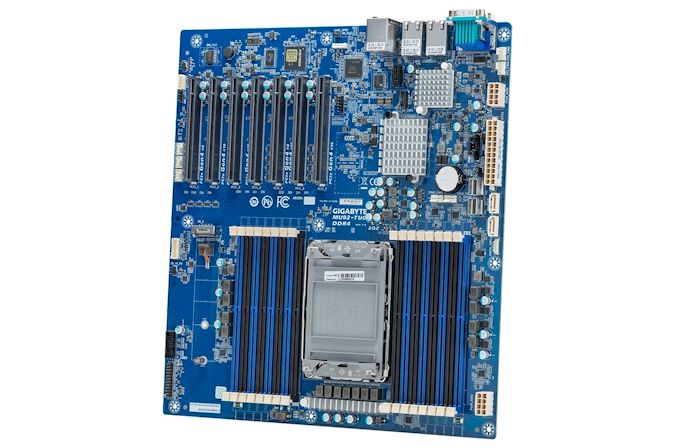
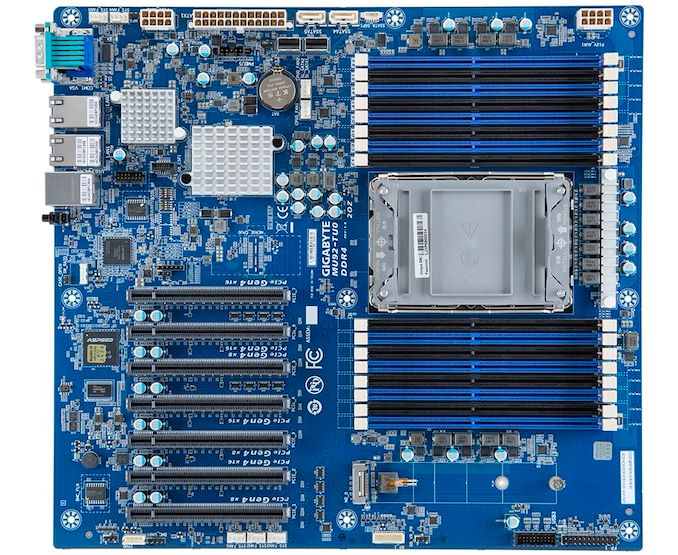
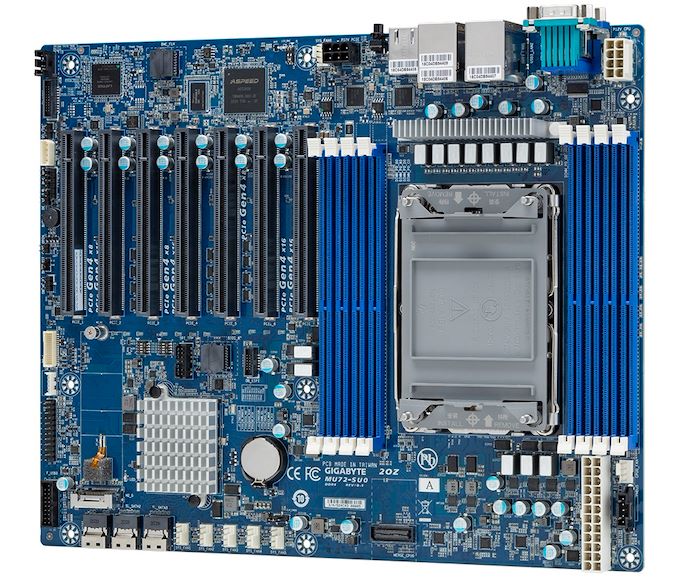
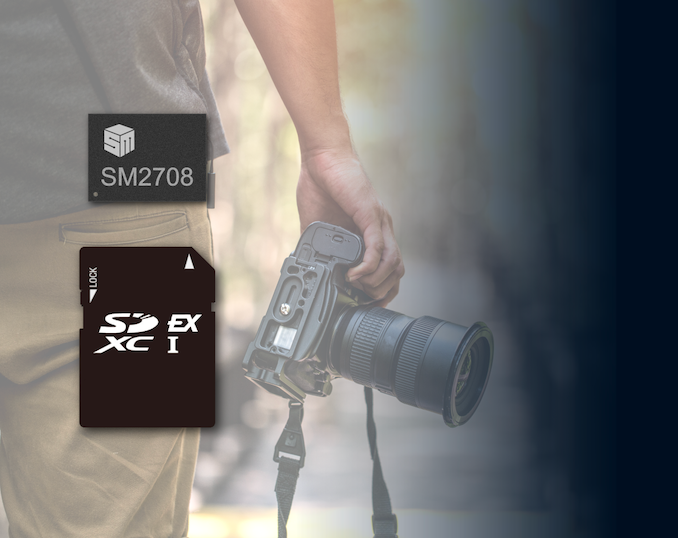
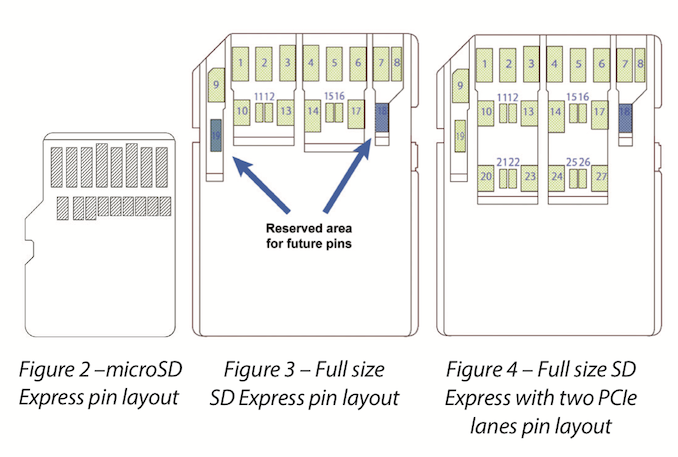

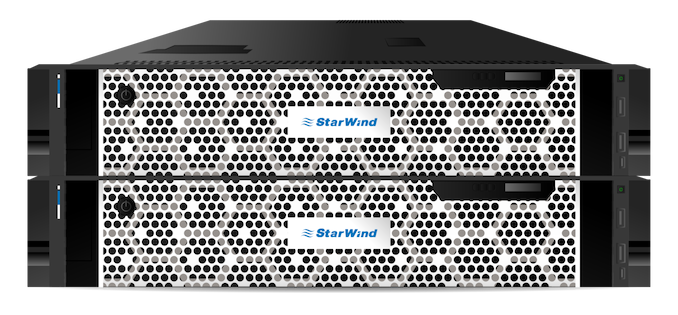
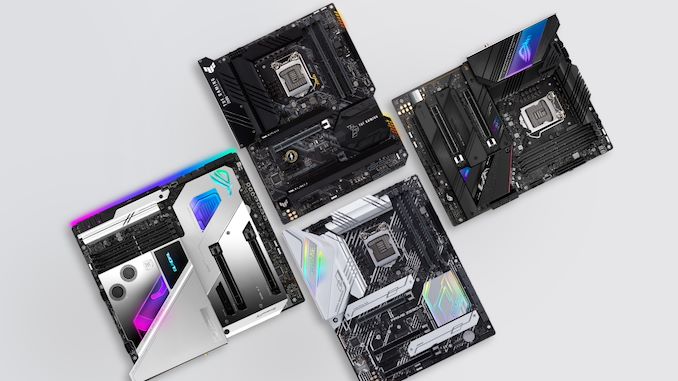

















Bookmarks